On Saturday, January, 14 we were invited to a mochitsuki event at our friends’ church. Mochitsuki means “mochi making” and it’s a traditional New Year’s activity for Japanese folks. Mochi is sweet rice that has been soaked, steamed, pounded and formed into little round shapes. I have been making mochi my entire life. My father’s side of the family gets together at the end of the year to make mochi and has done so since before I was even born. When my grandparents, my father’s parents, were alive we would get together on the family farm in Riverside. The photo above is a past mochitsuki from 2013.
My family cooks the rice the traditional way with a roaring wood fire inside an Inaba family invention. It’s a metal drum with a fire inside. There’s an old fashioned stove-like invention on top. At the top of the stove is a metal container filled with water. Bamboo steamers are filled with rice and stacked up over the fire. Big kettles are used to pour water into the metal container over the fire which provides the hot steam to cook the rice. When the bottom bamboo steamer of rice is cooked someone lifts the stack up and another person removes the bottom steamer.
Here’s a photo of Halyard making mochi from 2014. At the far left you can see the rice cooking operation with the metal drum and bamboo steamers.
In our modern version of making mochi, the cooked rice is then poured into a converted meat grinder (John at left) which grinds up our mochi rice into a sticky paste like texture. It actually comes out of that grinder like one long sausage shape! Like a nearly-never-ending snake of toothpaste being squeezed out of the tube. After that the batch of rice gets cut apart and little round shapes of mochi are made. It’s often so hot it burns your fingers and hands. I think it actually feels good burning hot when the weather is cold out. We also make mochi outside to accommodate a large number of people. On my father’s side they start very early in the morning and make mochi well into the afternoon.
This is Avalon making and eating mochi and getting messy in 2012.

My extended family sold the farm some years ago and now we have our big annual mochitsuki event at the property of my grandma’s best friend. She’s getting up there in age too. My mother’s side of the family has been making mochi (that I’ve known about anyway) for at least 15+ years or so. They make it similar to my father’s side of the family. One thing that is definitely the same about this event is that it involves a potluck of yummy food! The tables are overflowing with food dishes and treats that are brought by everyone to share. We usually make a little mochi, eat a little food, make a little mochi, eat a little food, and so on.
The old traditional way to make mochi is not to use a meat grinder, but to put the cooked rice into a large stone (sometimes wood) mortar, called an usu (ooo-sue), and pound it with a huge wooden mallet, called a kine (key-nay), repeatedly. In this case, this is a two person job. Someone is pounding with a steady rhythm and someone else is turning the rice over between poundings so that the rice gets mashed uniformly. It has to be a steady rhythm of someone pounding the rice, someone turning the rice, pounding, turning, pounding, turning, in order to avoid injury. It has to be good timing or else someone’s fingers will get smashed. The kine is super heavy and requires a lot of physical strength to do it over and over.
At our friends’ church they had a large usu set up and two big, heavy kine to pound the rice.
This is fun but we might not be able to make a whole lot of mochi because everyone’s arms would be too tired, and also it would take too long. At my kids’ Japanese Saturday school, Orange Coast Gakuen, in Huntington Beach, CA, they also have a mochitsuki event. They bring out their large, heavy stone usu and wooden kine and let the kids pound away. They also make mochi in modern machines so that everyone gets a chance to eat some.
 Anyway, I wasn’t sure if we were going to get to participate in mochitsuki in Japan so I am very thankful to our friends for inviting us to join them. I sure learned a lot about mochi in Japan!
Anyway, I wasn’t sure if we were going to get to participate in mochitsuki in Japan so I am very thankful to our friends for inviting us to join them. I sure learned a lot about mochi in Japan!
At left is Girls’ Time Out from making mochi and looking after kids. You can tell it must be cold inside that church because we are all wearing our jackets, hats and scarves inside! We’re all moms at Osaka International School.
One thing that was new to me was that a few ladies were taking the hot mochi and putting a fresh strawberry and anko (below, a sweetened red bean paste made from azuki beans) together inside the mochi shape. 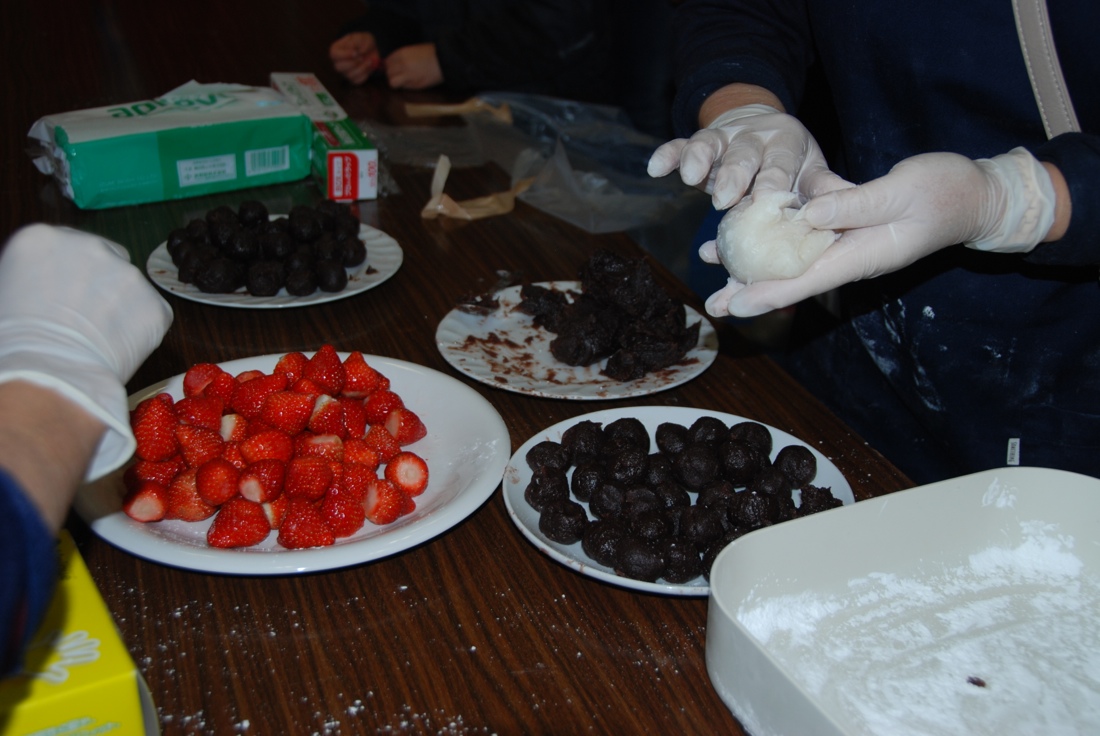
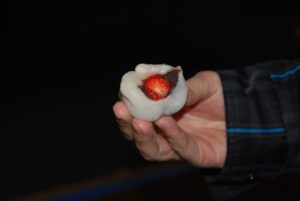
I had to try it. Yum! It was delicious! I’m told this is called ichigo daifuku. Apparently everyone knows ichigo daifuku and it is more commonly sold in stores in the springtime when strawberries are in high season. John tried it too and he also thought it was very tasty even though he doesn’t really like anko normally. I didn’t know this before, but mochi filled with any sweet filling, anko being the most common, is called daifuku. I am definitely going to bring the supplies for ichigo daifuku when we are in Riverside for mochitsuki again.
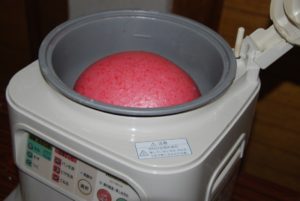 They also made something called ebi mochi. Ebi is shrimp in Japanese and this was a bright pink mochi. It had an unnatural color to it. It looks like play-doh.
They also made something called ebi mochi. Ebi is shrimp in Japanese and this was a bright pink mochi. It had an unnatural color to it. It looks like play-doh.
I took a photo of the package of teeny tiny ebi that went into the rice. It’s hard to tell from this photo, but you can actually see the entire shrimp shape here, including legs and black eyes. Eeewww. I did try the ebi mochi before I saw the package of mini red shrimp, and it was a bit fishy tasting.
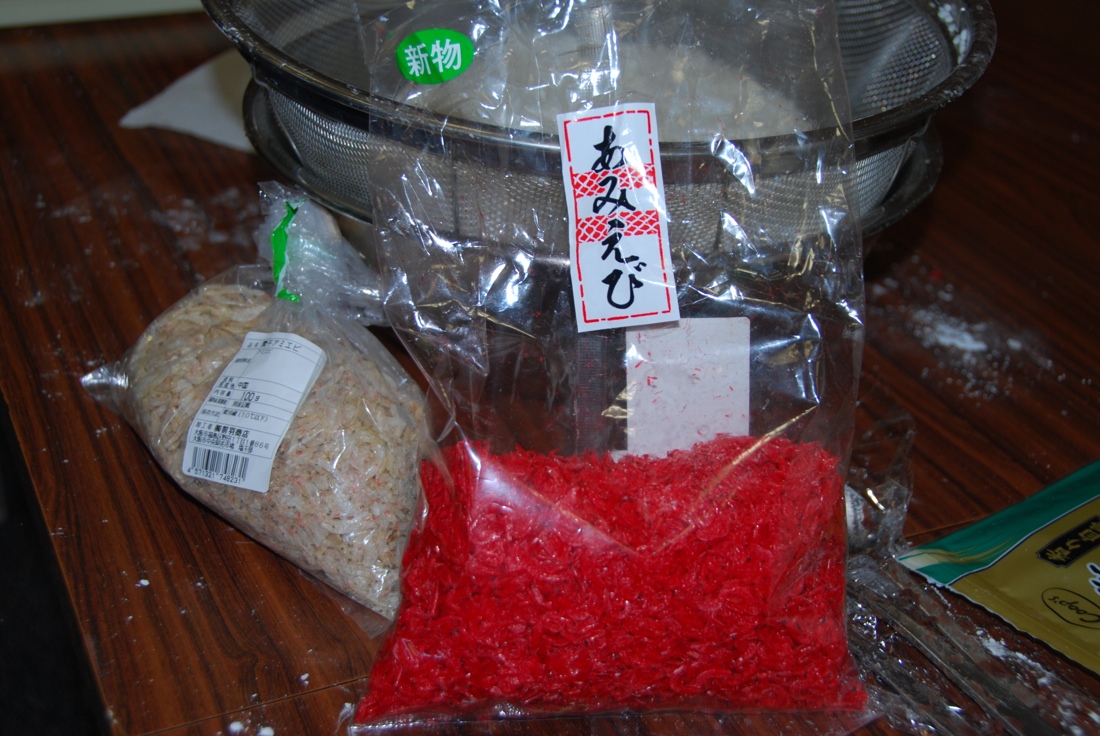
Halyard and John thought it tasted unremarkable and plain. They also made mochi with nori (seaweed) in it. It was green speckled in color and has a specific name that I can’t remember.
At the business where I am teaching English one day a week I asked everyone if they made or ate mochi for New Year’s. Many of them told me that Japanese people often buy their mochi from the grocery store these days! I was shocked!

Well, I also bought mochi from the grocery store when I wasn’t sure if we were going to have a chance to make our own. I have to say, the store bought mochi here was pretty delicious.
A last note: some sites on the internet say that some people believe mochi made the traditional way with an usu and kine tastes better than mochi made in modern electric machines. I think my family’s grinded mochi tastes best, followed by store bought mochi here in Japan. From my personal experience, amateur mochi pounders don’t make the mochi a consistent texture and often it comes out lumpy or grainy from the usu!
Here’s a cute photo of Avalon, age 5, in 2011 learning to make mochi in Riverside, California with my Auntie Haru.
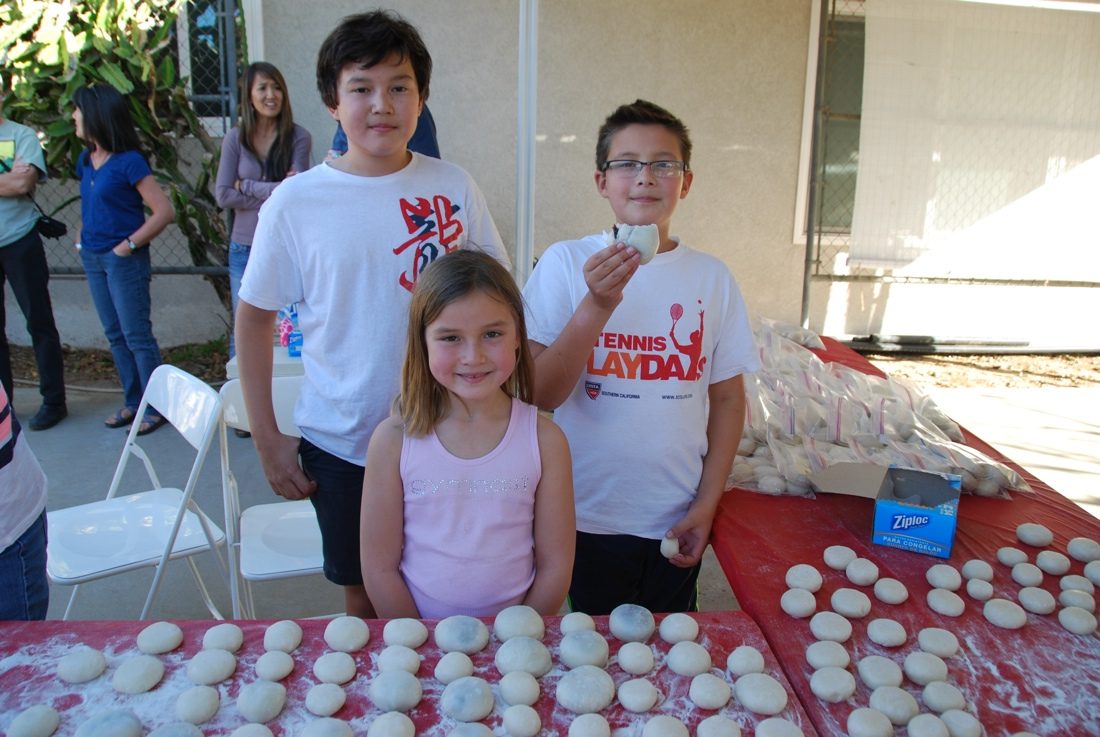
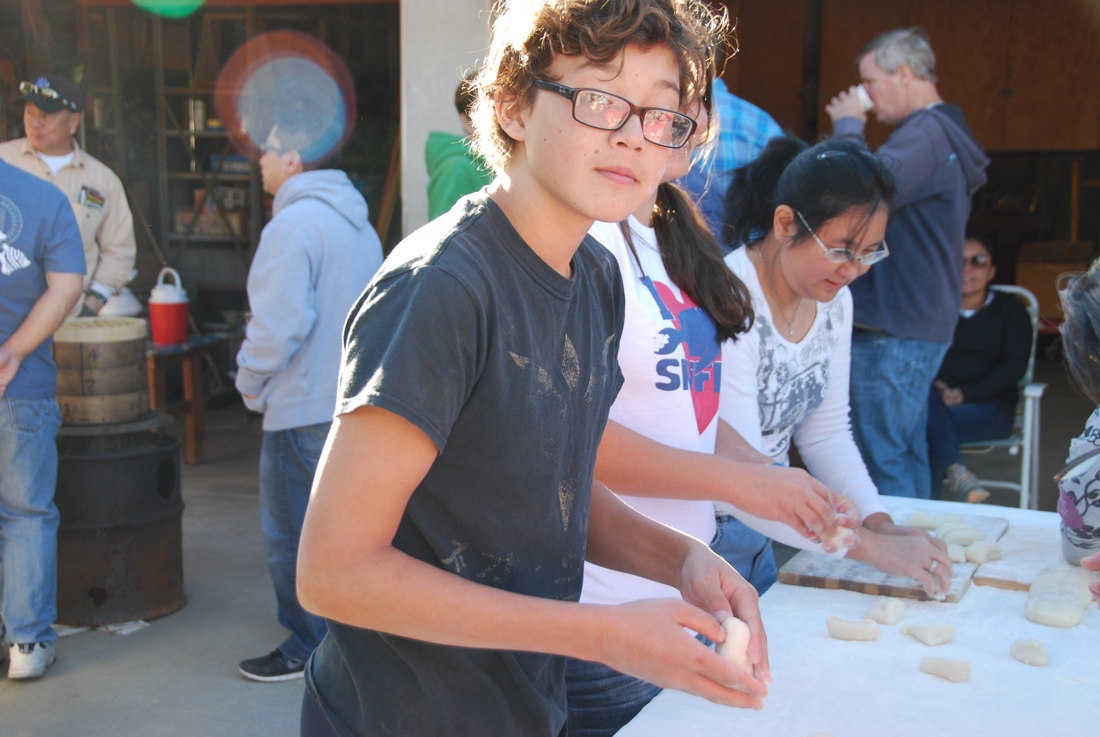
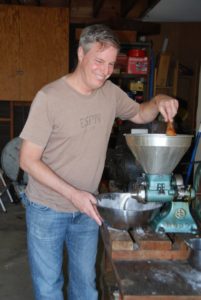
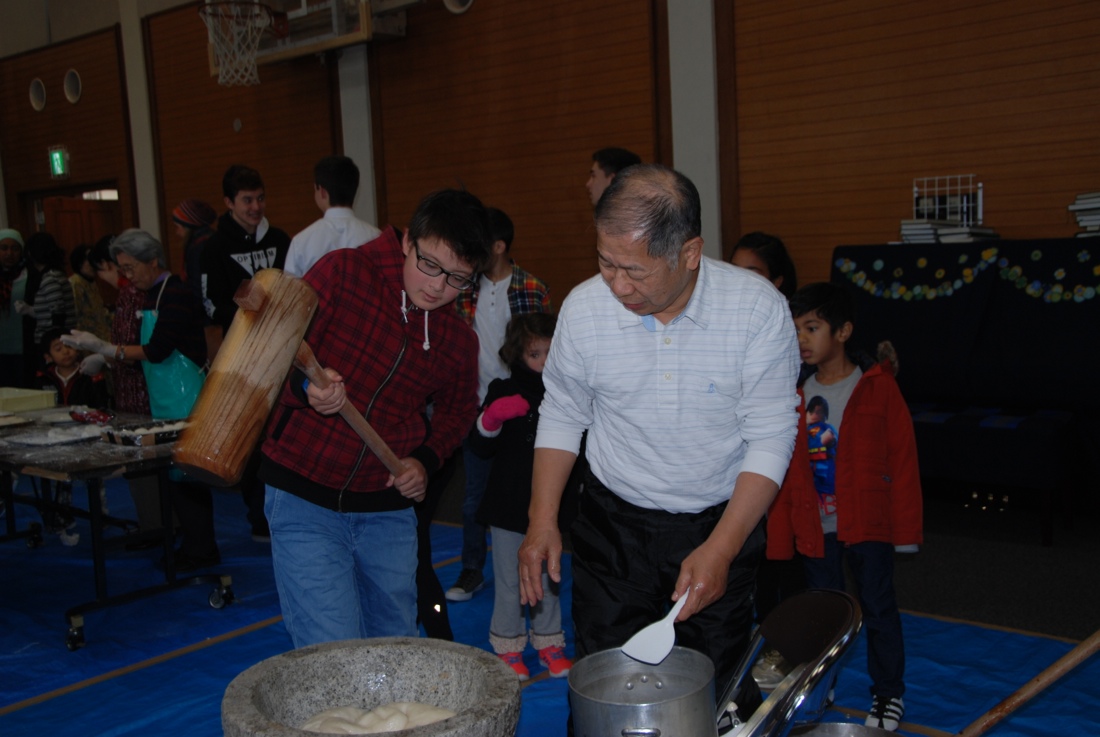
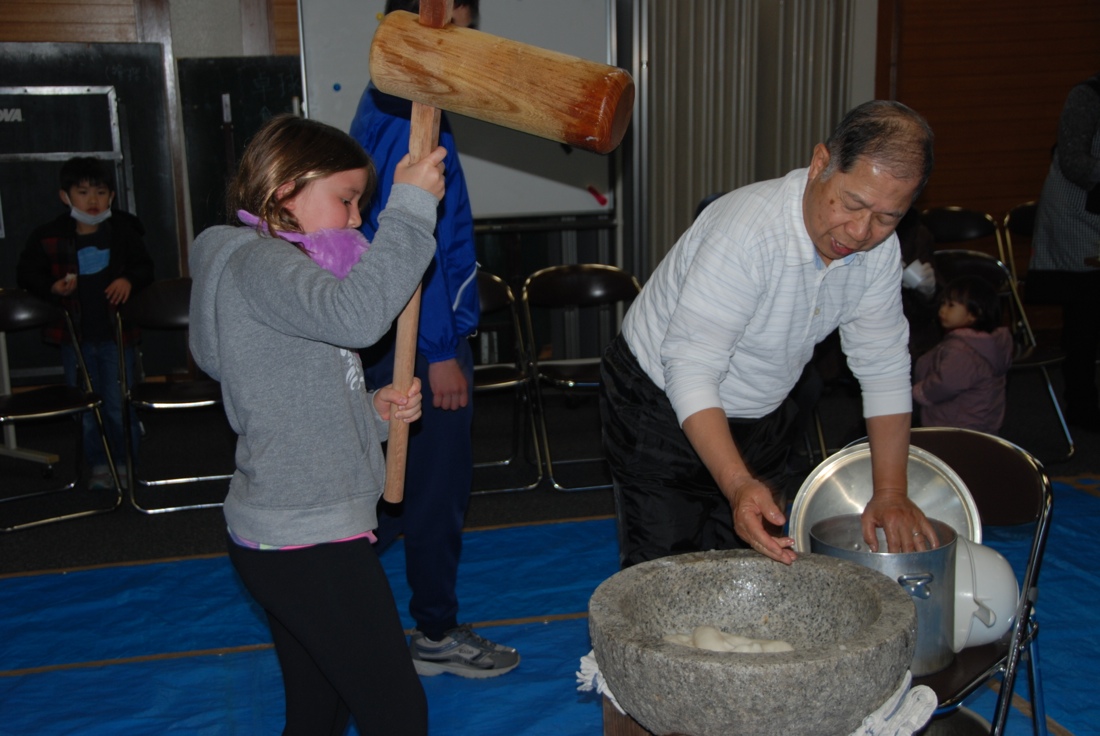
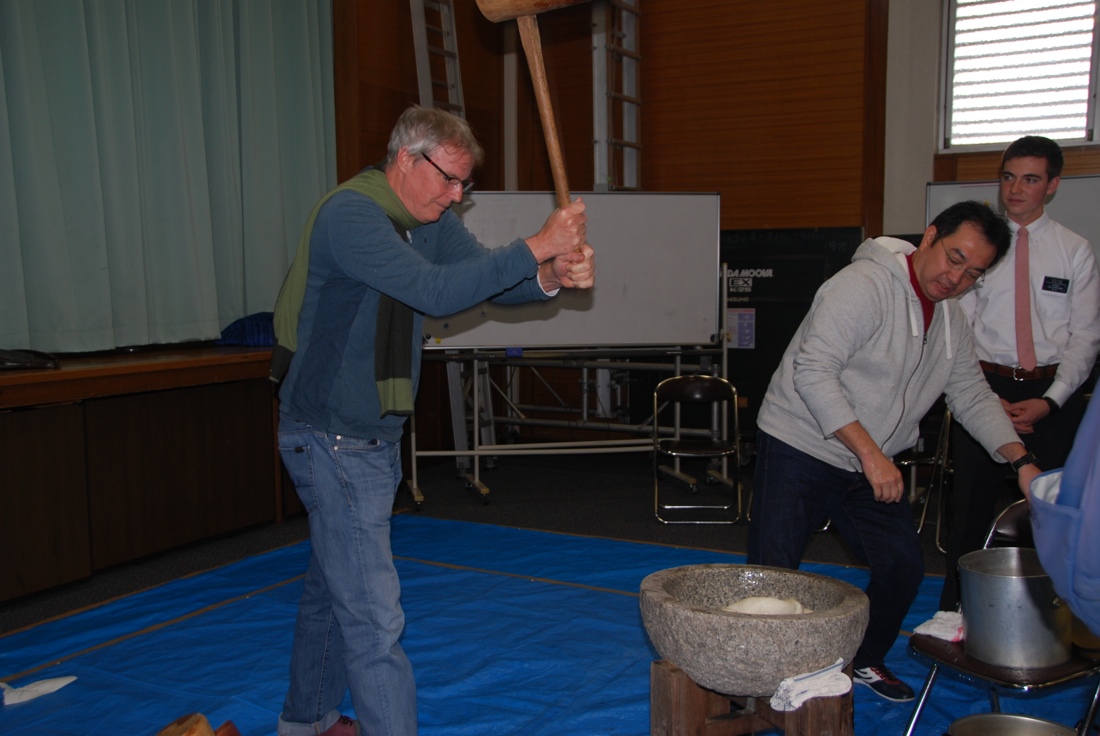
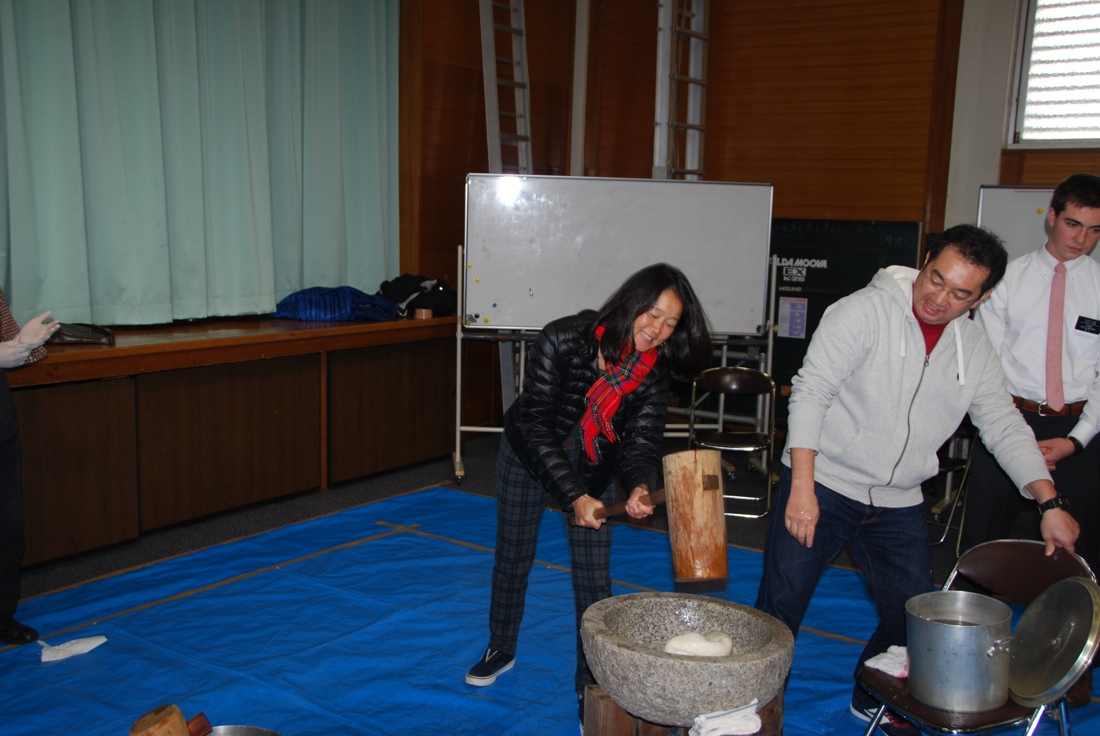
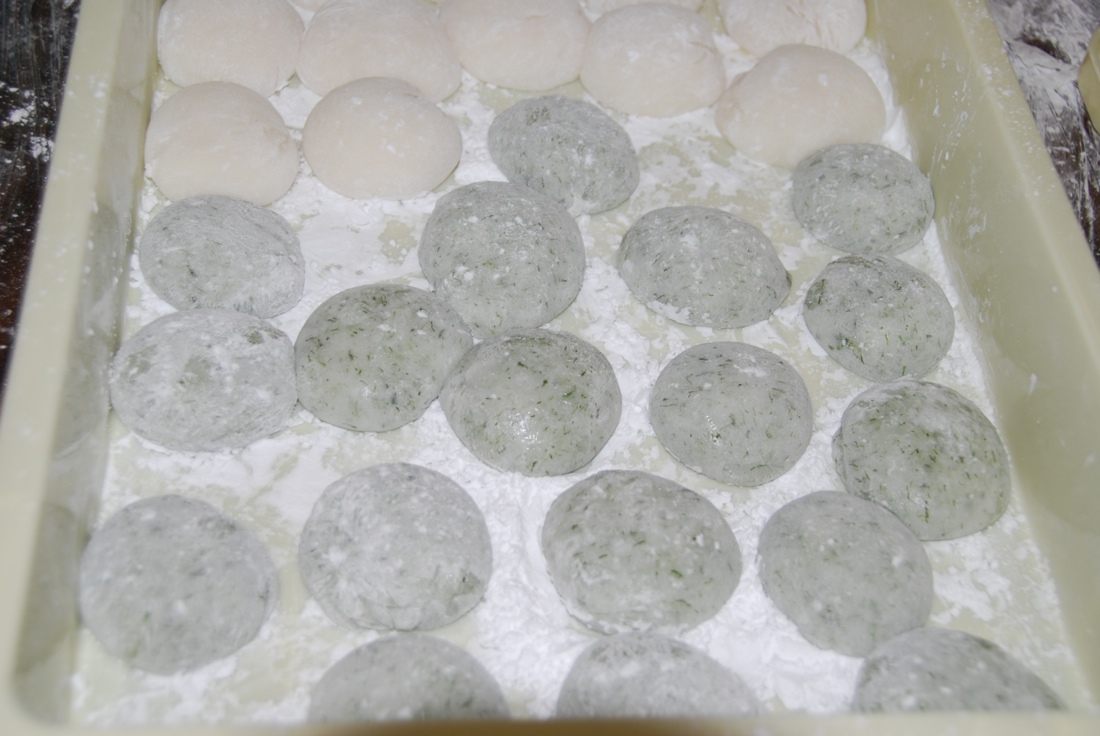
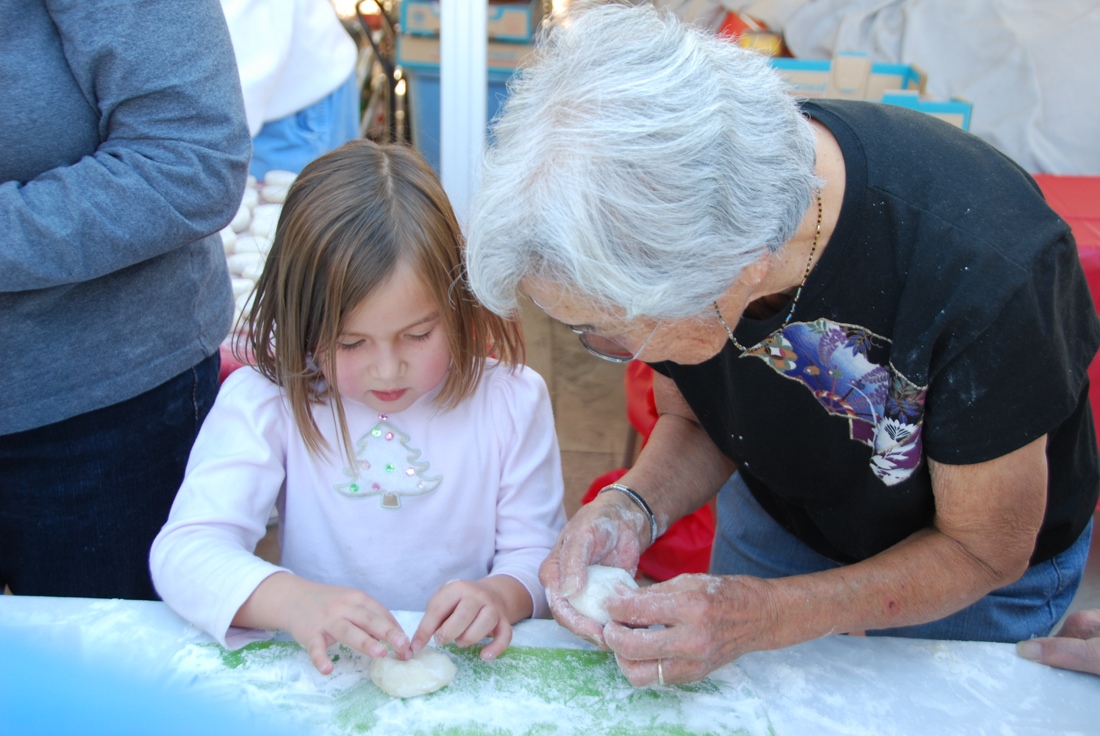
Comments (0)